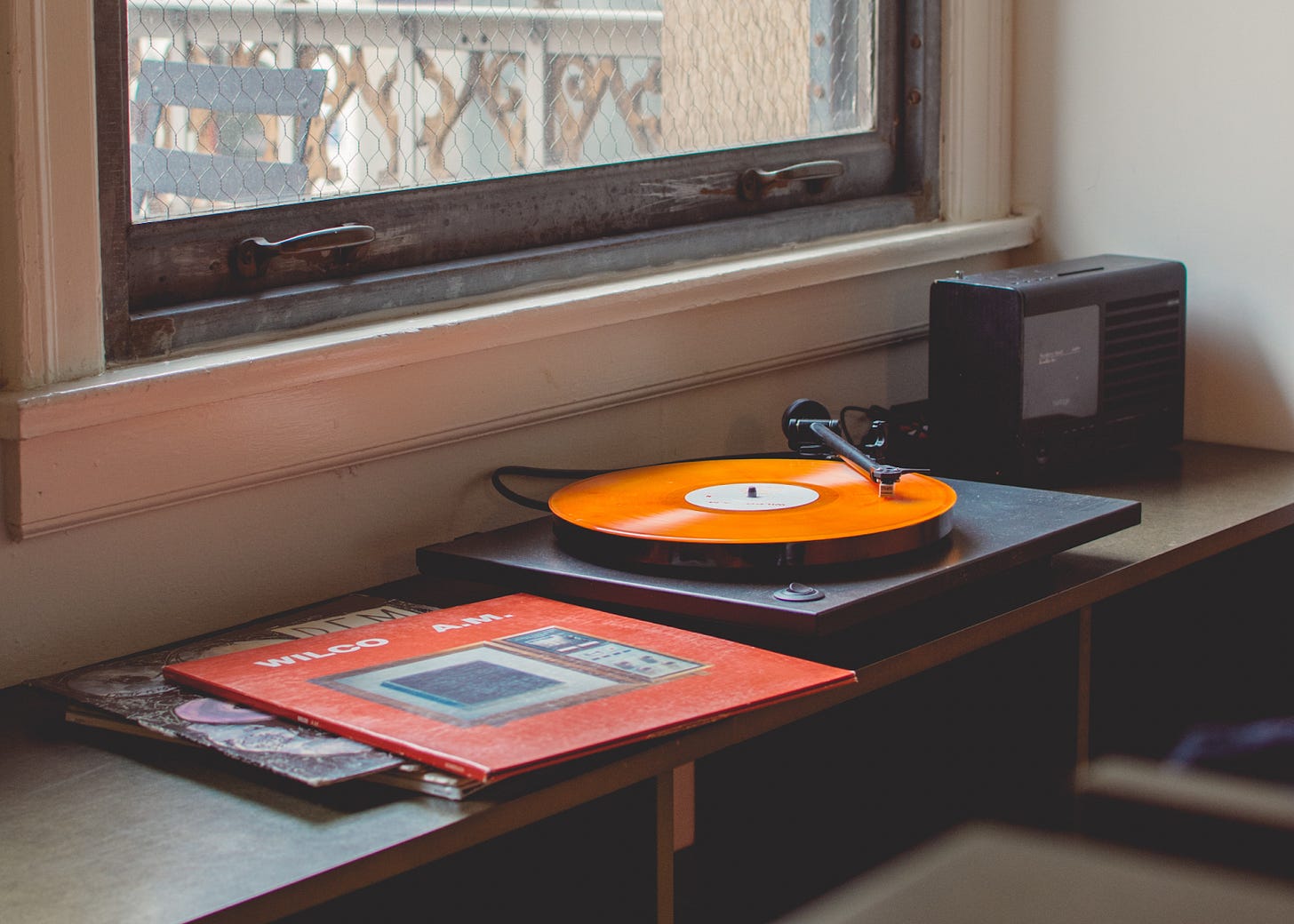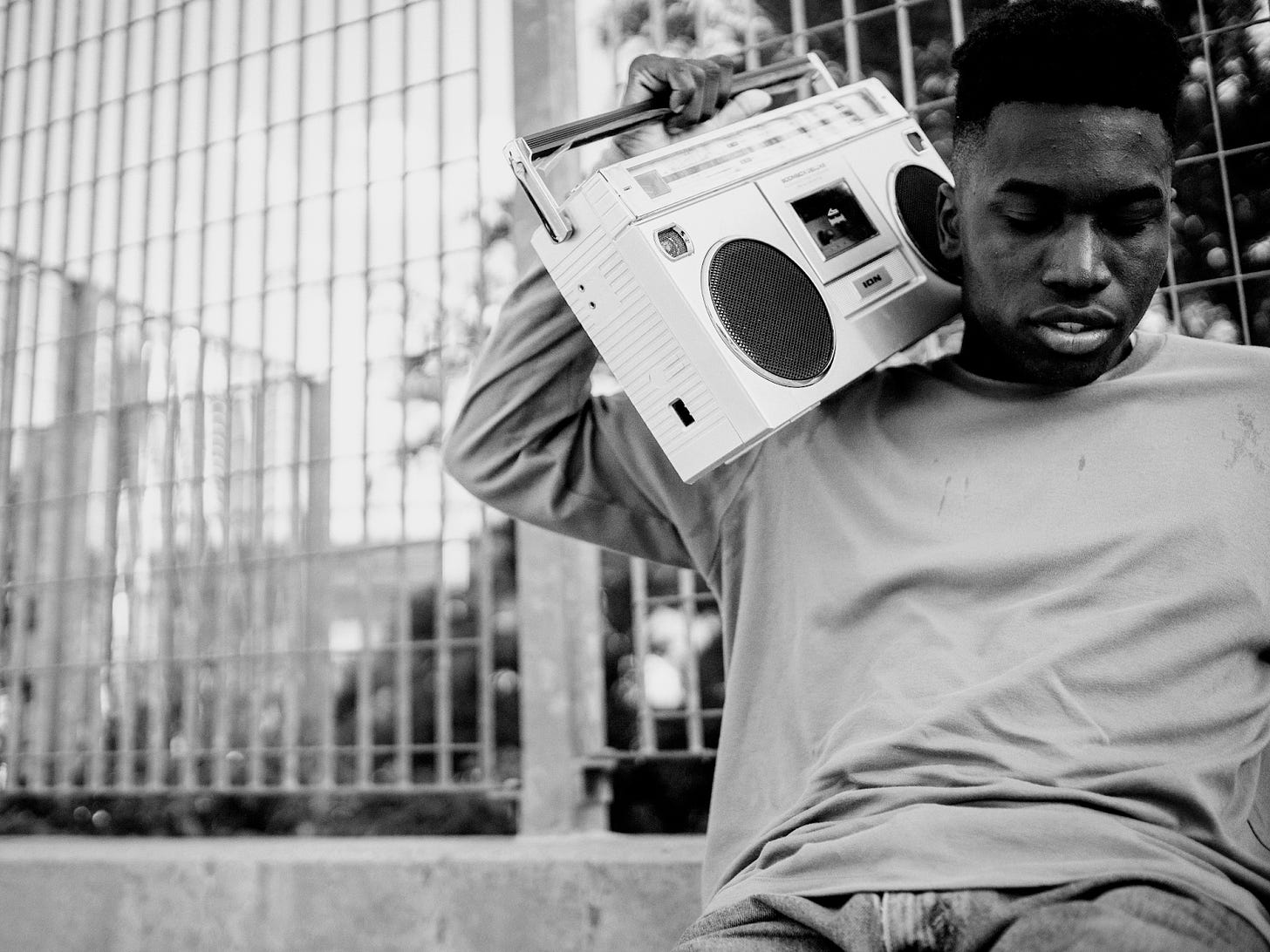As technology continues to advance at breakneck speeds, both in the way we produce and consume music, it's always a pleasure to take a moment and look back at the gadgets and devices that played a significant role in shaping our experiences with music. From vinyl records to portable cassette players and the first MP3 devices, the world of music technology has evolved tremendously over the years. In this article, we'll take a nostalgic trip down memory lane, focusing on the music tech that captured the hearts of music lovers worldwide defining how we have formed a relationship and consumed music over the years.
To fully appreciate this journey, it helps to have a basic understanding of the history of music consumption and the various formats and devices that have been popular over time. As we revisit each era, we'll discuss the key technological advancements and their impact on how we experienced and engaged with music.
The Golden Age of Vinyl Records and Turntables
Before the digital era, vinyl records reigned supreme as the primary medium for music consumption. The turntable, a device that converts the grooves in vinyl records into sound, occupied a special place in many households. Vinyl records provided a warm, analog sound quality that still resonates with audiophiles today. The captivating cover art and liner notes that accompanied vinyl albums fostered a deeper connection between fans and their favorite artists, adding a visual dimension to the sound experience.
A Symbol of Urban Youth Culture: The Boombox Era.
From the late 1970s to the 1980s, the boombox emerged as an emblem of urban youth culture. These portable cassette players, equipped with powerful speakers, allowed users to broadcast their favorite tunes to the world. Boomboxes provided the soundtrack to street corners, parks, and breakdancing sessions, contributing to the rise of hip-hop and the democratization of music listening.
Personalizing Music Consumption: The Walkman Revolution.
In 1979, Sony introduced the Walkman, and it forever changed the way people consumed music, making it a more personal and portable experience. The Walkman enabled people to listen to their cherished cassette tapes on the go, using lightweight headphones. Its sleek design and user-friendly interface made it an instant hit, and it remains an iconic symbol of the 1980s and 1990s. The walkman revolution is a very important landmark in music culture as this was really the first introduction to personalizing music consumption, it was indeed a revolution.
The Age of CDs and the Discman: Enhanced Sound and Convenience
Compact discs (CDs) arrived in the 1980s, bringing with them improved sound quality and greater convenience than their predecessors, cassette tapes. As the CD format gained popularity, Sony released the Discman, which allowed users to enjoy their CDs on the move. The Discman quickly became a must-have accessory for music lovers.
Pioneering Portability: The MP3 Revolution and Early Digital Music Players
The late 1990s witnessed the rise of digital music and the MP3 format, enabling users to compress audio files without significant loss in sound quality. This groundbreaking technology paved the way for early digital music players, such as the Rio PMP300. These devices facilitated storing and playing hundreds of songs on a single device, making music more accessible and portable than ever before.
The iPod: A Game-Changing Innovation in Music Technology
In 2001, Apple introduced the iPod, revolutionizing music consumption. Its sleek design, user-friendly interface, and massive storage capacity made it an instant hit among music lovers. The iPod's integration with iTunes streamlined the process of acquiring and organizing music, further solidifying its status as an icon in the history of music technology.
Peering into the future, we can anticipate witnessing even greater advancements in music technology. The rise of streaming services, the renaissance of vinyl, and the ongoing development of new devices signify that our bond with music is perpetually evolving.
Augmented reality (AR), virtual reality (VR), and artificial intelligence (AI) are already transforming the way we experience music by offering immersive concerts and personalized recommendations that cater to our unique tastes. Additionally, features like active noise cancellation enhance our listening experience by creating an intimate connection between us and the music, undisturbed by external distractions.
So, maintain a vigilant eye on the horizon for the next groundbreaking music gadget. Stay receptive to novel methods of experiencing music and be ready to embrace the ever-changing landscape of music technology. As we persist in advancing, one certainty remains: the power of music to inspire, connect, and uplift us will never diminish. All things shall someday perish under the sky, music alone shall live.













Apple changed the game with iTunes and the iPod
This is a great intro for my upcoming article